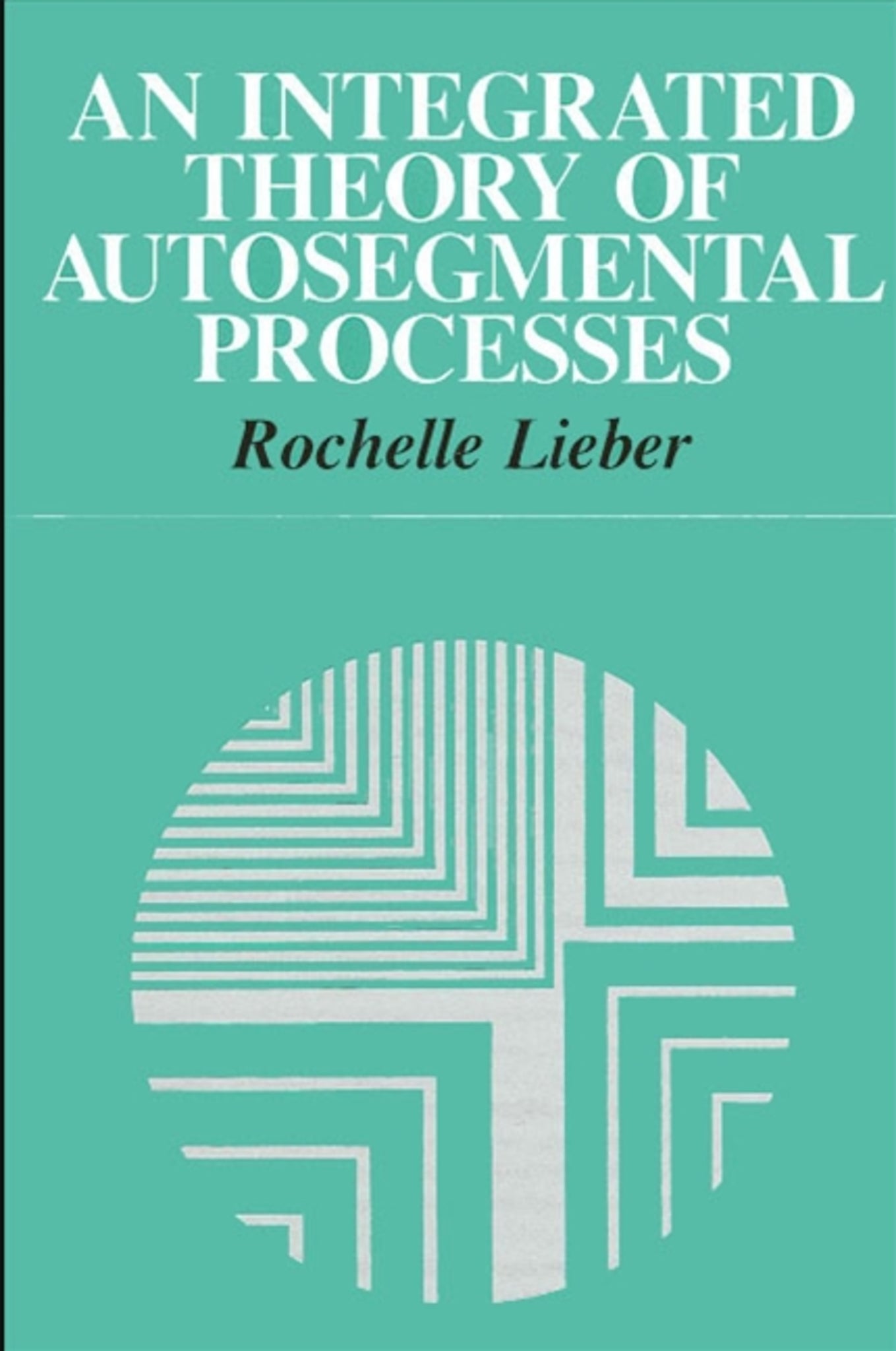We're sorry. An error has occurred
Please cancel or retry.
An Integrated Theory of Autosegmental Processes

Some error occured while loading the Quick View. Please close the Quick View and try reloading the page.
Couldn't load pickup availability
- Format:
-
30 September 1987

This volume resolves an inconsistency that has arisen in the autosegmental theory of phonology and morphology - some versions of this theory allow a single distinctive feature to be duplicated on more than one tier, and others do not. In this book the author affirms that duplication of features should be allowed, but should not be restricted, by a device called the Duplicate Features Filter. She proposes a number of other revisions to current autosegmental theory, and shows how this unified theory can lead to elegant and revealing analyses of such varied phenomena as consonant mutation, umlaut, infixation and the behavior of depressor consonants in tone languages, and vowel and consonant harmony processes. Languages as diverse as Khalka Mongolian, modern German, Zulu, Andalusian Spanish, Terena, Mixtec, Chumash, Fula, Nuer, and Chemehuevi are discussed.
Integrated autosegmental theory draws together diverse linguistic phenomena and reveals underlying similarities among them. The result is a concise and detailed work which brings the phenomena of autosegmental phonology and morphology into a single cohesive framework.


Acknowledgements
Introduction
1. An Integrated Approach to Autosegmental Theory
1.1. Common Ground
1.1.1. Tiers
1.1.2. Synchronization
1.1.3. Morphological Tiers
1.2. A Divergence in Theory: Duplication of Features
1.3. Projections
1.3.1. Universal Tiers
1.3.2. Duplication of Features
1.3.3. Underspecification
1.4. Association Rules
1.4.1. Lexical Association
1.4.2. Regular Association of Autosegmental Tiers
1.4.3. Regular Association of Melody to Skeleton
1.4.4. Spreading
1.4.4.1. Regular Spreading
1.4.4.2. Special Provisos
1.4.5. Operation of Association Rules
1.5. The DFF and Multiply Projected Features
1.6. The DFF and Prespecification
1.6.1. Fula and Akan
1.6.2. Excursus: the DFF and the Elsewhere Condition
1.6.3. Neutral Segments
1.6.4. Infixation Revisited
1.6.4.1. Arabic Infixation
1.6.4.2. Other Cases
1.7. Summary and Conclusions
2. Mutation
2.1 Central Cases
2.1.1. Fula
2.1.2. Nuer
2.1.3. Chemehuevi
2.1.4. General Characteristics of Mutation
2.2. Mutation and Locality
2.3 Umlaut
2.4. Phonetically Quirky Mutations
2.5. Nonmorphological Mutations
2.6. Mutation Summary
3. Harmony
3.1. Feature-Adding Harmonies
3.1.1. Feature-Adding, Ordinary
3.1.2. Feature-Adding, Dominant
3.2. Feature-Changing Harmony
3.3. The Metrical Residue
3.4 Harmony Summary
3.5. Harmony and Mutation
4. Tone in an Integrated Theory of Autosegmental Processes
4.1. Prespecification and Tone
4.1.1. Consonantal Interference
4.1.2. An Analysis of Consonantal Interference
4.2. The Tonal System of Zulu
Conclusion and Speculation
References
Index



